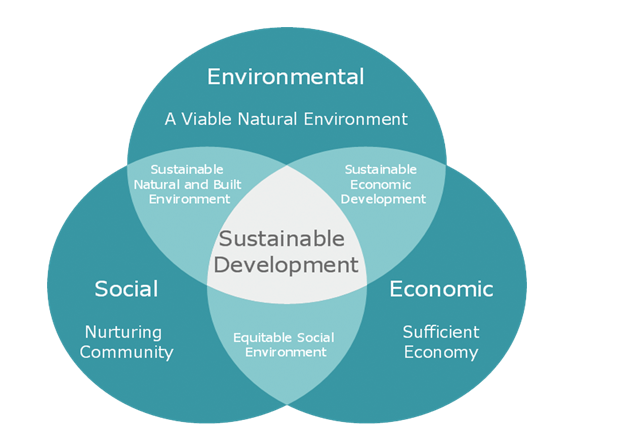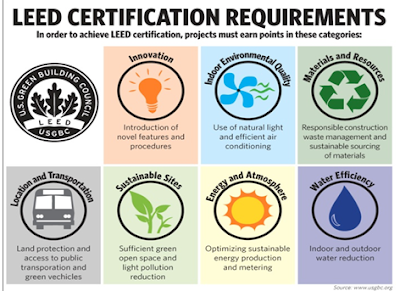A year after launch of GRI standards - Where do we stand?

GRI replaced the old G4 Guidelines with the latest GRI standards on October 19th, 2016, developed through multi-stakeholder processes. There were 28 launch events spanning across 25 counties. The events were all held between October 2016 and September 2017, bringing together Sustainability reporting consultant , Environmental Consultant , and other professionals within this field. A majority of the professionals who attended the events said the standards will help support and improve the quality of reporting. More than 150 organizations have joined the Standards Pioneer program, showing their support to the GRI Standards and future of sustainability disclosure. For some, transitioning to the Standards supports their broader reporting efforts. The Standards consist of a modular, interrelated structure, and represents the global best practice for reporting on a range of economic, environmental, and social impacts. GE3S as a sust...

